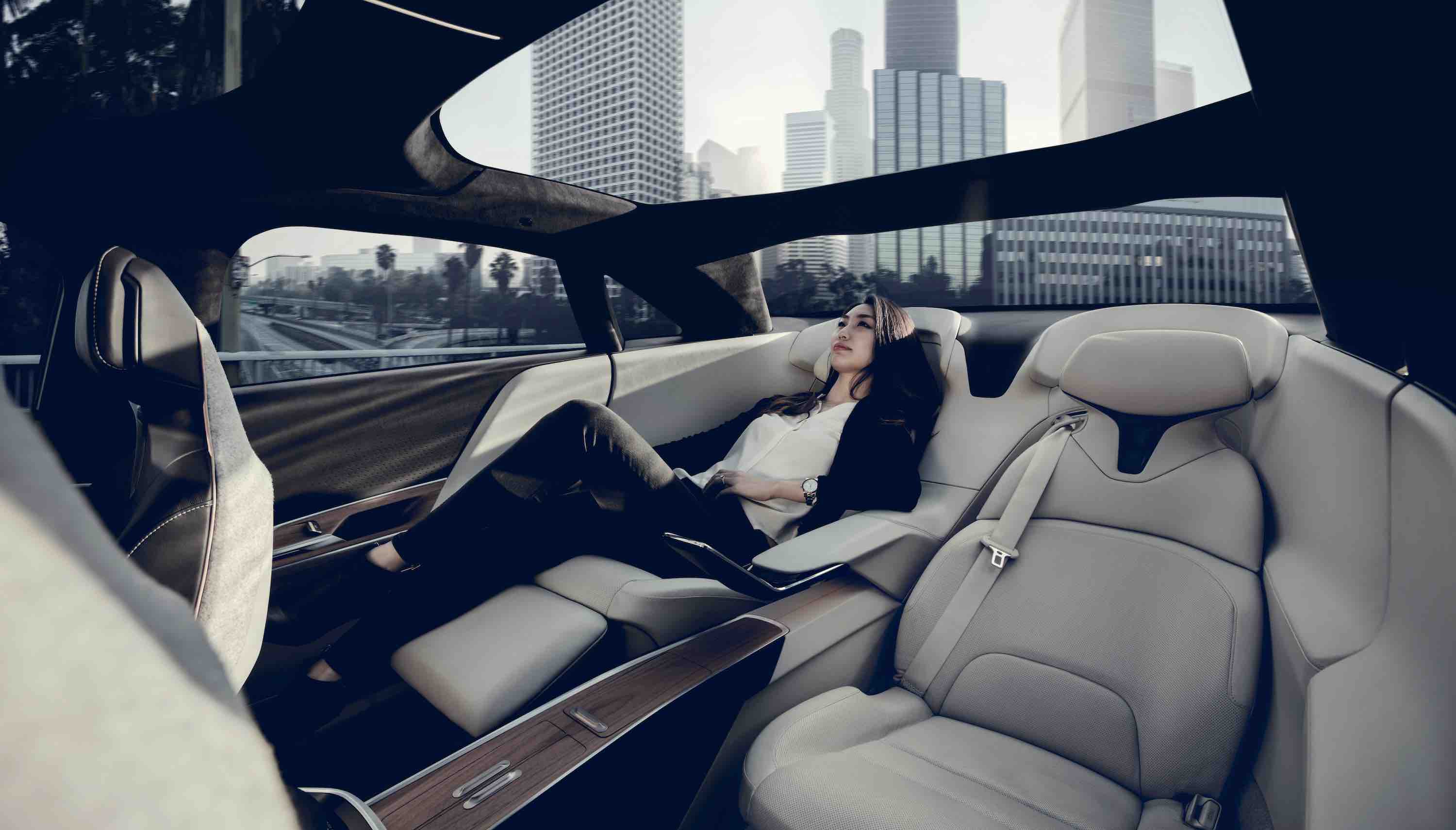
Self-driving cars don’t just imply that owners won’t have to focus on the road anymore, self-driving cars eliminate the real need to own a car. The future that Uber, Lyft, Tesla, and GM see is focused on TaaS (Transportation as a service). People will be able to launch an app on their phone and order a car. It’s the future that Uber is envisioning. Why own a costly car when you can use a TaaS whenever you need one? Ride-sharing services like Uber and Lyft in some cases are already cheaper to use than owning a vehicle, with the average cost per mile approaching $1 with some services. So, with the elimination of a driver and the electrification of the vehicle, the cost to ride-share will nosedive far lower than the cost of ownership.
WHERE IS THE JOB CREATION?
If truck, taxi, and delivery drivers face the possibility of massive job loss, then where is the so-called “job-creation” coming from for self-driving cars? Andreessen argues that cities could see exurbs, an additional layer beyond suburbs for people to work in. Additionally, he states that the increase in productivity from not driving will help move the economy forward and decrease the number of automotive-related deaths. Andreessen points out that the invention of cars didn’t just create driving and manufacturing jobs, but rather jobs paving roads, motels, restaurants, and the idea of a suburb.
Recently, Andreessen also stated that “In 10 years, the winning car company is going to be the company that makes the best software…. The entire experience in a car will be defined by the software.” As the race to put the first production autonomous vehicles onto roadways continues, we have an opportunity to stop and think about the number of jobs that could be created in new industries.

Self-driving cars don’t just imply that owners won’t have to focus on the road anymore, self-driving cars eliminate the real need to own a car. The future that Uber, Lyft, Tesla, and GM see is focused on TaaS (Transportation as a service). People will be able to launch an app on their phone and order a car. It’s the future that Uber is envisioning. Why own a costly car when you can use a TaaS whenever you need one? Ride-sharing services like Uber and Lyft in some cases are already cheaper to use than owning a vehicle, with the average cost per mile approaching $1 with some services. So, with the elimination of a driver and the electrification of the vehicle, the cost to ride-share will nosedive far lower than the cost of ownership.
WHERE IS THE JOB CREATION? If truck, taxi, and delivery drivers face the possibility of massive job loss, then where is the so-called “job-creation” coming from for self-driving cars? Andreessen argues that cities could see exurbs, an additional layer beyond suburbs for people to work in. Additionally, he states that the increase in productivity from not driving will help move the economy forward and decrease the number of automotive-related deaths. Andreessen points out that the invention of cars didn’t just create driving and manufacturing jobs, but rather jobs paving roads, motels, restaurants, and the idea of a suburb.
Recently, Andreessen also stated that “In 10 years, the winning car company is going to be the company that makes the best software…. The entire experience in a car will be defined by the software.” As the race to put the first production autonomous vehicles onto roadways continues, we have an opportunity to stop and think about the number of jobs that could be created in new industries.




























